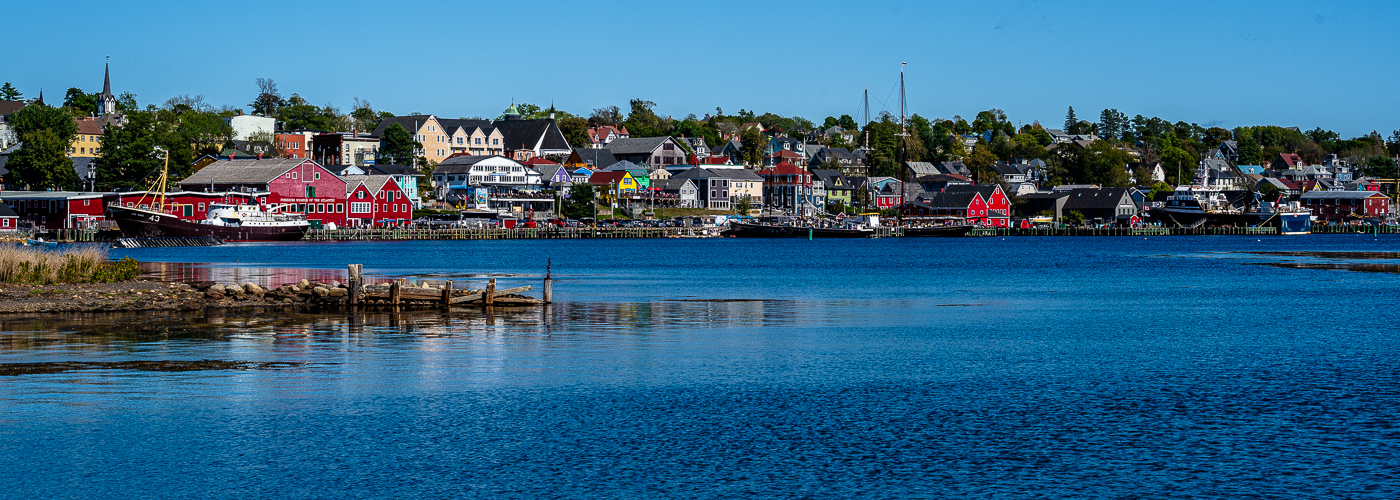In The Dordogne Valley
Along with Gerry Ponto we went took a train ride out to Sarlat in the French countryside for a weekend visit. Sarlat, in the Dordogne valley, has a reputation for being a stunningly beautiful village. It is undoubtedly that, and much more. Sarlat is surrounded by other beautiful and picturesque villages, complete with medieval castles […]
Read More »